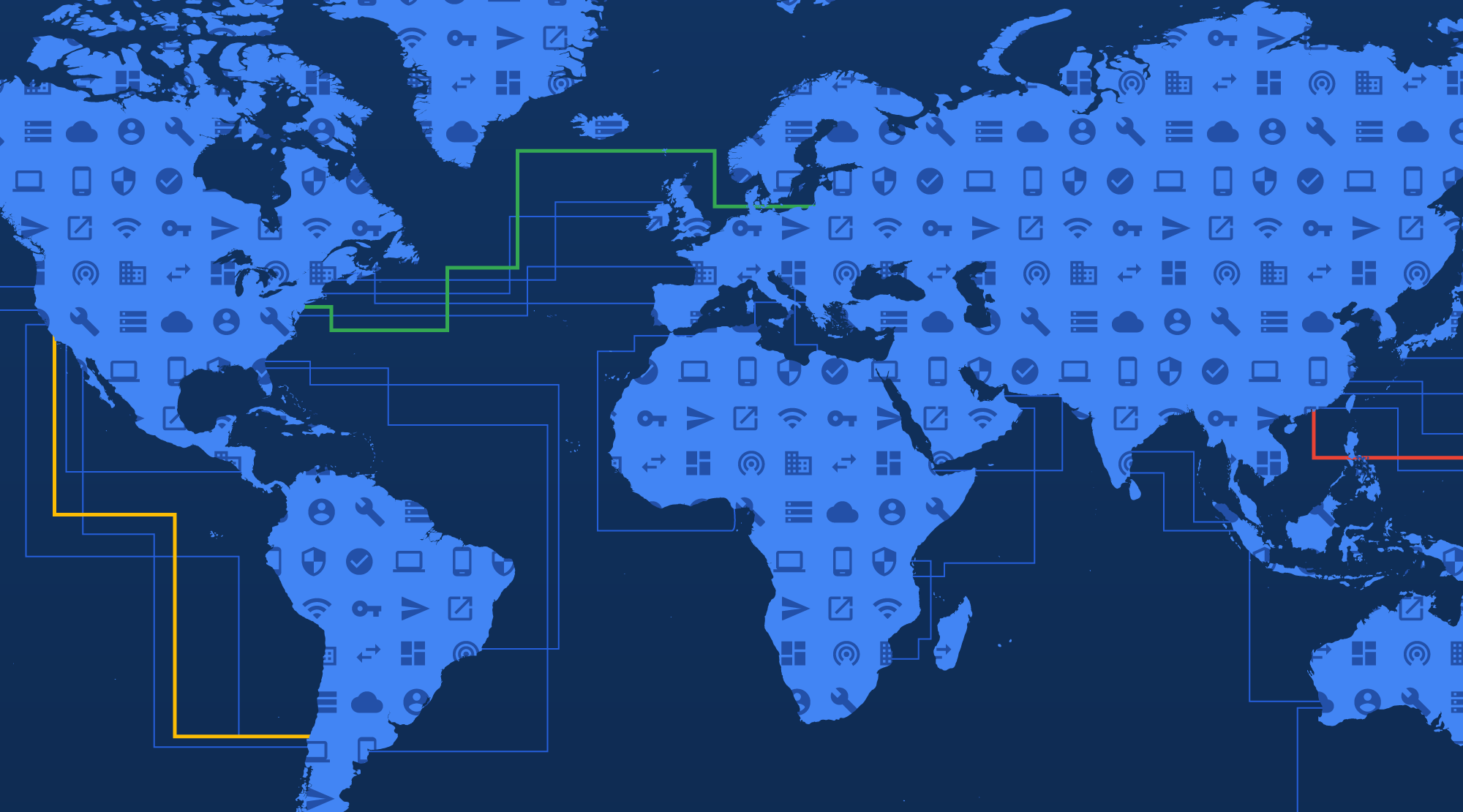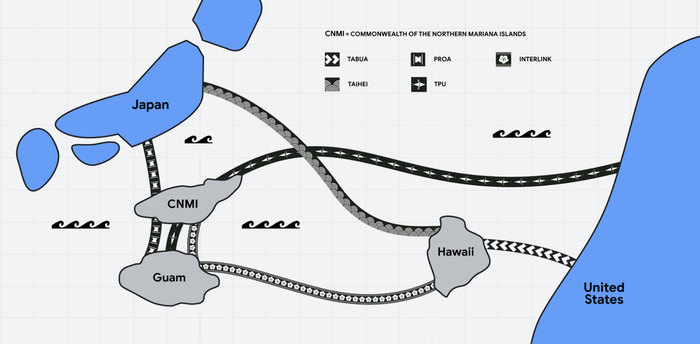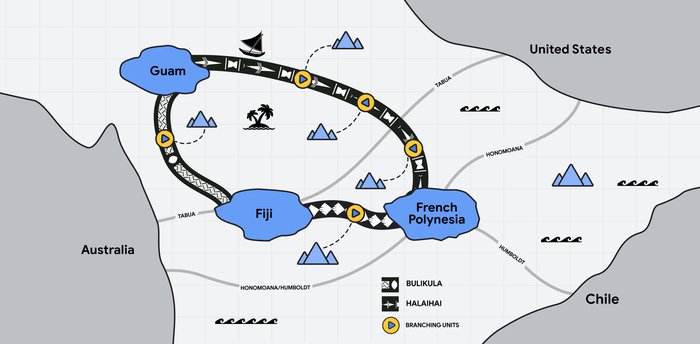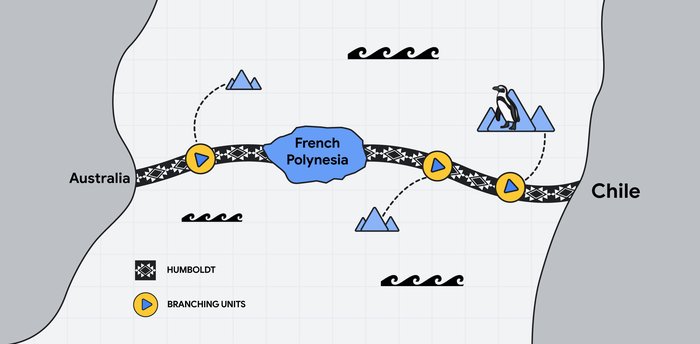A quick hop across the pond: Supercharging the Dunant subsea cable with SDM technology

Vijay Vusirikala
Director of Network Architecture and Optical Engineering
In 1858, Queen Victoria sent the first transatlantic telegram to U.S. President James Buchanan, sending a message in Morse Code at a rate of one-word per minute. In Q3 of 2020, when we turn on our private Dunant undersea cable that connects the U.S.A. and France, it will transmit 250 Terabits of data per second—enough to transmit the entire digitized Library of Congress three times every second.
To achieve this record-breaking capacity, Dunant will be the first cable in the water to use space-division multiplexing (SDM) technology. SDM increases cable capacity in a cost-effective manner with additional fiber pairs (twelve, rather than six or eight in traditional subsea cables) and power-optimized repeater designs. These advancements were created in partnership with SubCom, a global partner for undersea data transport, which will engineer, manufacture and install the Dunant system utilizing their SDM technology and equipment.
Traditional subsea cables are powered from the shore end and rely on a dedicated set of pump lasers to amplify the optical signal for each fiber pair as data traverses the length of the cable. Now, SDM technology allows pump lasers and associated optical components to be shared among multiple fiber pairs, while still working within the unique power constraints of the ocean floor. In this way, the 6,400km-long Dunant will add dedicated capacity, diversity and resilience to our global network, and will enable interconnection to other network infrastructure in the region.
First announced in 2018, the Dunant cable is named in honor of Swiss businessman and social activist Henry Dunant, the founder of the Red Cross and first recipient of the Nobel Peace Prize. It joins the Curie cable, named for renowned scientist, Marie Curie, as our second private international cable.
Demand for online content has exploded in recent years, driven by more internet users, increased engagement with rich content like video, and new demand for cloud services. When it comes online next year, it’s our hope that Dunant and these advances in submarine cable technology will help users access online content quickly from wherever they may be.



